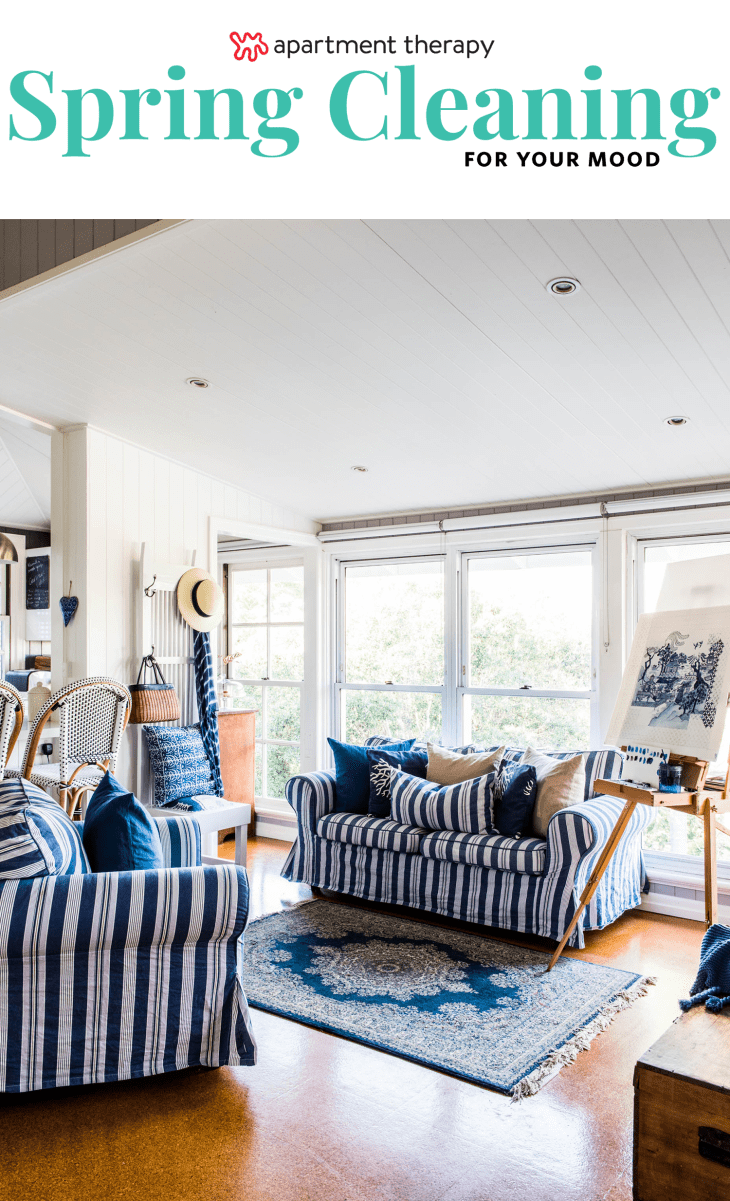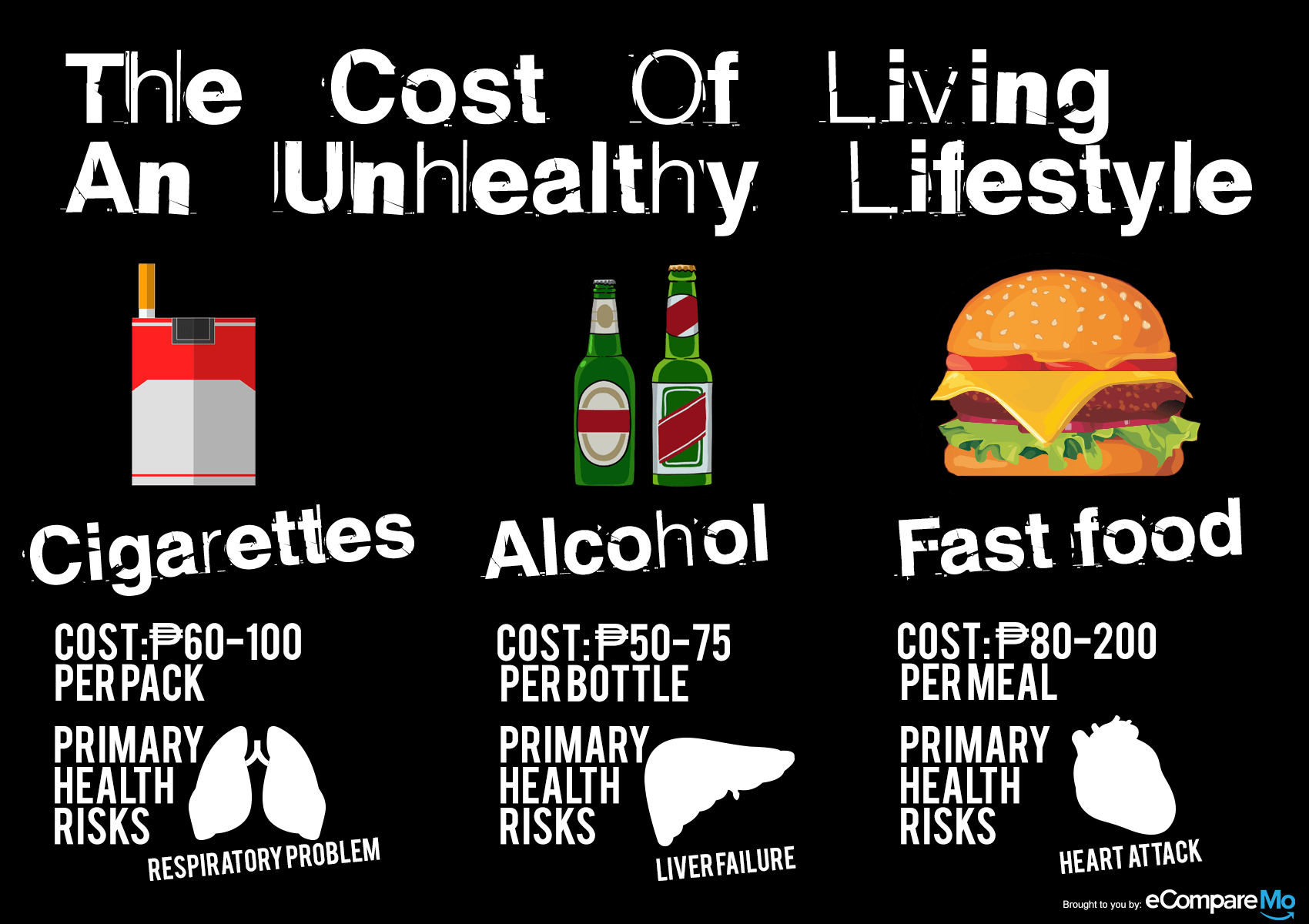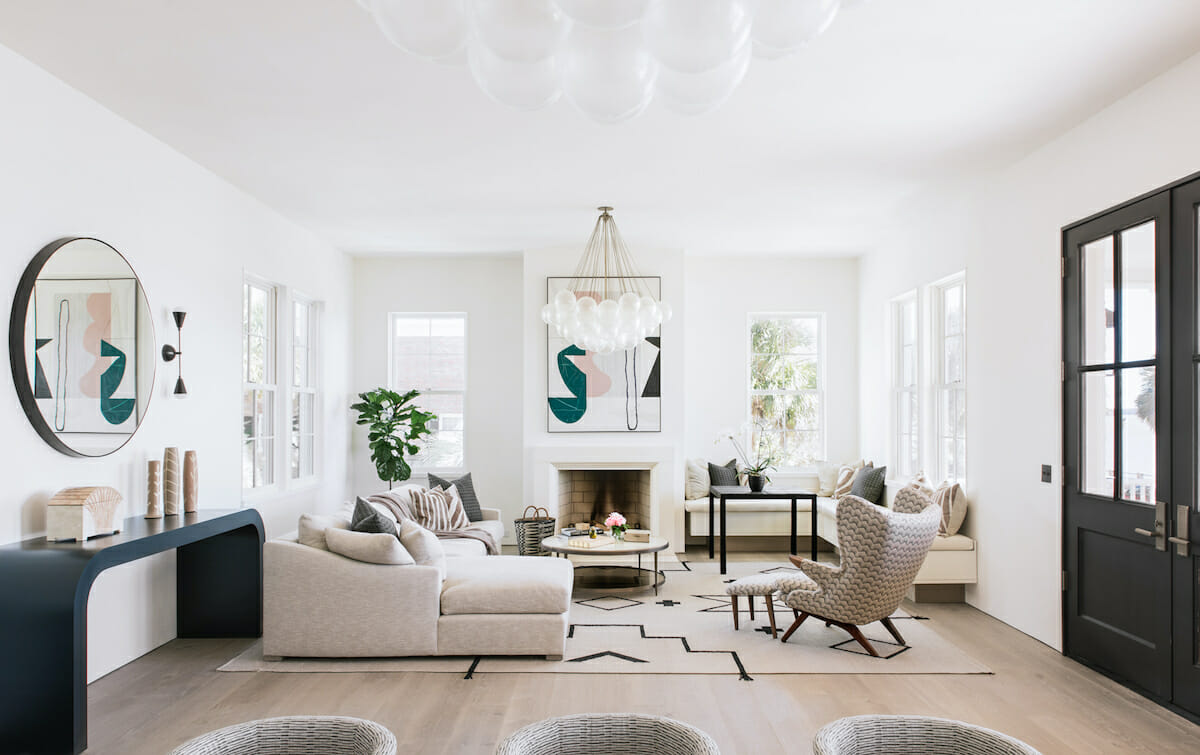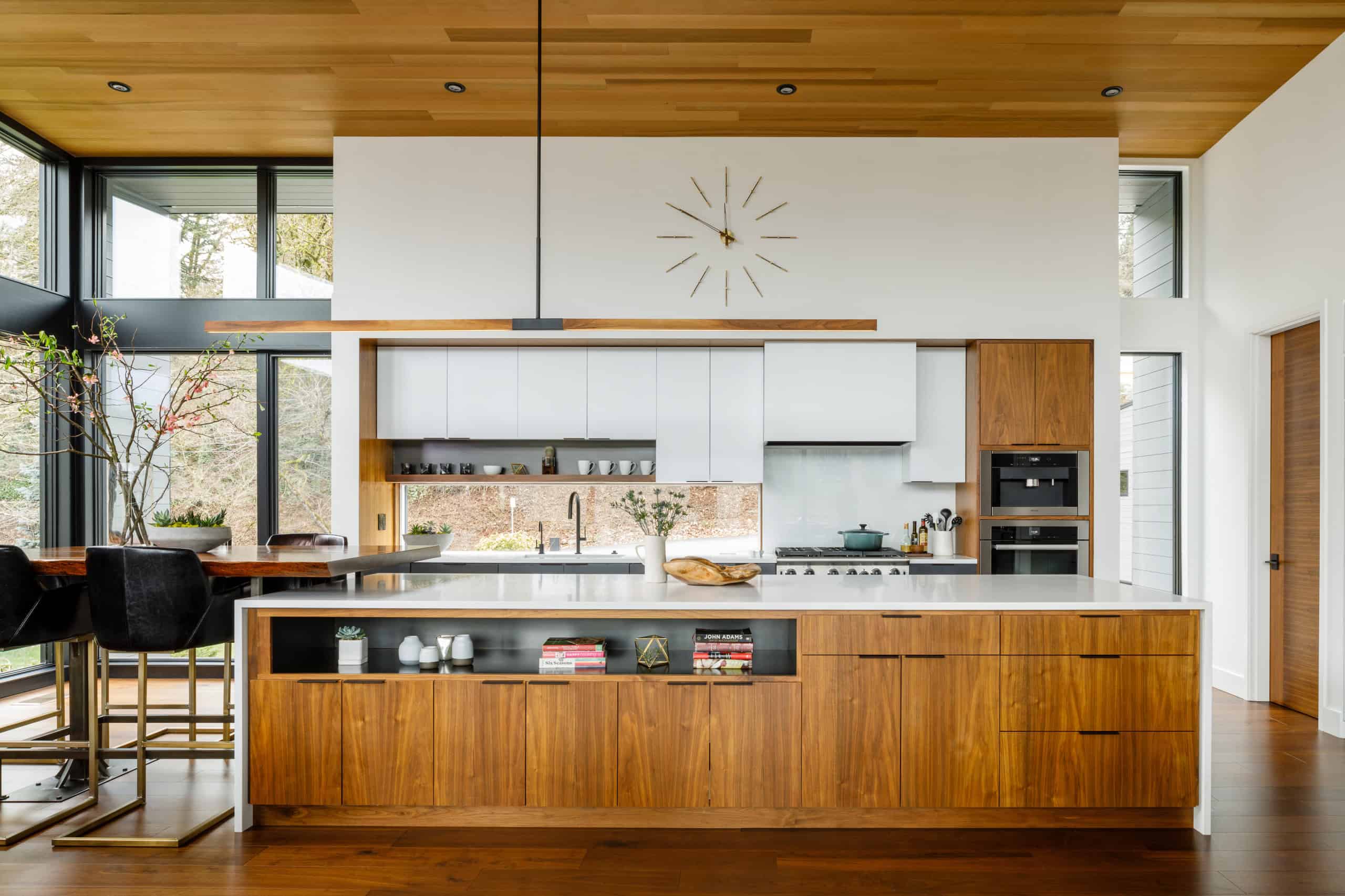Many people have strong opinions about eating in the living room. Some believe it's a cozy and convenient way to dine, while others view it as a messy and unhealthy habit. So, what's the truth? Is it good or bad to eat in the living room? Let's explore the pros and cons.Eating in the Living Room: Good or Bad?
There are definitely benefits to eating in the living room. It's a comfortable and relaxed space where you can enjoy your meal while watching TV or spending time with family. However, there are also downsides to consider. For one, it can be difficult to keep the living room clean while eating. Crumbs and spills can easily happen, and it may be tempting to leave dirty dishes and wrappers lying around. Additionally, eating in the living room may lead to mindless snacking and overeating.The Pros and Cons of Eating in the Living Room
If you do choose to eat in the living room, it's important to take steps to keep it clean. Use a designated tray or placemat to contain crumbs, and make sure to clean up any spills immediately. Encourage everyone to dispose of their trash and put away dishes once they're finished eating. Regularly vacuum and dust the living room to prevent food crumbs from accumulating.How to Keep Your Living Room Clean While Eating
If you want to make your living room a more functional dining space, there are a few things you can do. Consider adding a small table and chairs or investing in a coffee table that can double as a dining surface. This will give you a designated area for eating and help to contain messes. You can also use decorative trays and baskets to store utensils and napkins. Just remember to clean up after every meal to maintain a tidy living room.Tips for Making Your Living Room a Dining Space
When it comes to eating in the living room, there are some important dos and don'ts to keep in mind. Do use coasters to protect furniture from spills. Do clean up after yourself. Don't leave dirty dishes or trash lying around. Don't eat messy or greasy foods that could stain furniture. And don't make a habit of mindlessly snacking while watching TV.The Dos and Don'ts of Eating in the Living Room
If you're someone who enjoys eating in the living room, there are creative ways to make it a more enjoyable experience. Instead of just plopping down on the couch with a plate, try setting up a picnic-style spread on the floor. You can also make use of decorative trays and throw pillows to create a cozy dining nook within your living room. And if you have a fireplace, consider having a meal in front of it for a romantic and cozy dining experience.Creative Ways to Incorporate Eating into Your Living Room
Despite the potential downsides, there are actually some benefits to eating in the living room. For one, it can be a convenient and comfortable way to dine, especially for those with limited space in their homes. It can also be a great way to spend quality time with family and friends, as you can chat and watch TV together while enjoying a meal. And let's be honest, sometimes it's just nice to break the rules and eat in a more casual setting.The Benefits of Eating in the Living Room
If you're interested in setting up a designated eating area in your living room, there are a few things you can do to make it as comfortable as possible. Choose furniture that is both functional and comfortable, such as cushioned chairs or a soft rug for sitting on the floor. Make sure there is adequate lighting for eating and add some cozy accents like throw blankets and pillows. And don't forget to keep it clean and clutter-free!How to Set Up a Comfortable Eating Area in Your Living Room
While eating in the living room may seem harmless, it's important to consider the potential impact on your health. When you eat in front of the TV, you may not pay attention to how much you're eating, leading to overindulging. And if you're constantly snacking while watching TV, you may be consuming more calories than you realize. Additionally, eating in a relaxed and comfortable environment can also lead to slower digestion and potentially contribute to weight gain.The Impact of Eating in the Living Room on Your Health
Despite the potential downsides, eating in the living room can also be a way to make cherished memories with loved ones. It can be a fun and casual way to bond over a meal, and it may even become a tradition in your household. Just make sure to balance it out with healthy eating habits and regular clean-up to maintain a happy and healthy living room.Making Memories: Eating in the Living Room with Family and Friends
The Pros and Cons of Eating in the Living Room

Creating a Functional and Stylish Living Space
 When designing a house, one of the key considerations is creating a functional and stylish living space. This includes deciding on the best location for different activities, such as eating. Some people prefer to have a separate dining room, while others opt to eat in the living room. The latter has become increasingly popular in recent years, sparking a debate on whether or not it is a good idea. In this article, we will explore the pros and cons of eating in the living room and help you decide if it is the right choice for your home.
Pros:
-
Convenience:
One of the main advantages of eating in the living room is convenience. This is especially true for families with young children, as it allows them to keep an eye on their little ones while preparing and eating meals.
-
Saves Space:
For those living in smaller homes or apartments, combining the living and dining space can help save valuable space. This allows for a more open and spacious feel to the house.
-
Entertaining Guests:
Having a designated dining room can sometimes feel too formal for casual gatherings with friends and family. Eating in the living room creates a more relaxed and inviting atmosphere for entertaining guests.
Cons:
-
Mess and Clean-up:
One of the biggest downsides to eating in the living room is the potential mess it can create. Spills and crumbs are inevitable, and it can be more challenging to clean up on soft furnishings such as sofas and carpets.
-
Lack of Formality:
While eating in the living room may feel more casual and relaxed, it can also lack the formality and elegance of a traditional dining room. This may be a consideration for those who enjoy hosting formal dinner parties.
-
Distractions:
Eating in the living room can also lead to distractions, such as the television or other household activities. This can take away from the enjoyment of mealtimes and make it difficult to focus on eating and conversation.
Conclusion:
In the end, the decision to eat in the living room ultimately depends on your personal preferences and lifestyle. If you have a busy household with young children, the convenience and space-saving aspects may outweigh any potential downsides. However, if you enjoy hosting formal gatherings or prefer a more traditional dining experience, a separate dining room may be a better choice. Regardless of your decision, it is essential to create a functional and stylish living space that suits your needs and makes you feel at home.
When designing a house, one of the key considerations is creating a functional and stylish living space. This includes deciding on the best location for different activities, such as eating. Some people prefer to have a separate dining room, while others opt to eat in the living room. The latter has become increasingly popular in recent years, sparking a debate on whether or not it is a good idea. In this article, we will explore the pros and cons of eating in the living room and help you decide if it is the right choice for your home.
Pros:
-
Convenience:
One of the main advantages of eating in the living room is convenience. This is especially true for families with young children, as it allows them to keep an eye on their little ones while preparing and eating meals.
-
Saves Space:
For those living in smaller homes or apartments, combining the living and dining space can help save valuable space. This allows for a more open and spacious feel to the house.
-
Entertaining Guests:
Having a designated dining room can sometimes feel too formal for casual gatherings with friends and family. Eating in the living room creates a more relaxed and inviting atmosphere for entertaining guests.
Cons:
-
Mess and Clean-up:
One of the biggest downsides to eating in the living room is the potential mess it can create. Spills and crumbs are inevitable, and it can be more challenging to clean up on soft furnishings such as sofas and carpets.
-
Lack of Formality:
While eating in the living room may feel more casual and relaxed, it can also lack the formality and elegance of a traditional dining room. This may be a consideration for those who enjoy hosting formal dinner parties.
-
Distractions:
Eating in the living room can also lead to distractions, such as the television or other household activities. This can take away from the enjoyment of mealtimes and make it difficult to focus on eating and conversation.
Conclusion:
In the end, the decision to eat in the living room ultimately depends on your personal preferences and lifestyle. If you have a busy household with young children, the convenience and space-saving aspects may outweigh any potential downsides. However, if you enjoy hosting formal gatherings or prefer a more traditional dining experience, a separate dining room may be a better choice. Regardless of your decision, it is essential to create a functional and stylish living space that suits your needs and makes you feel at home.



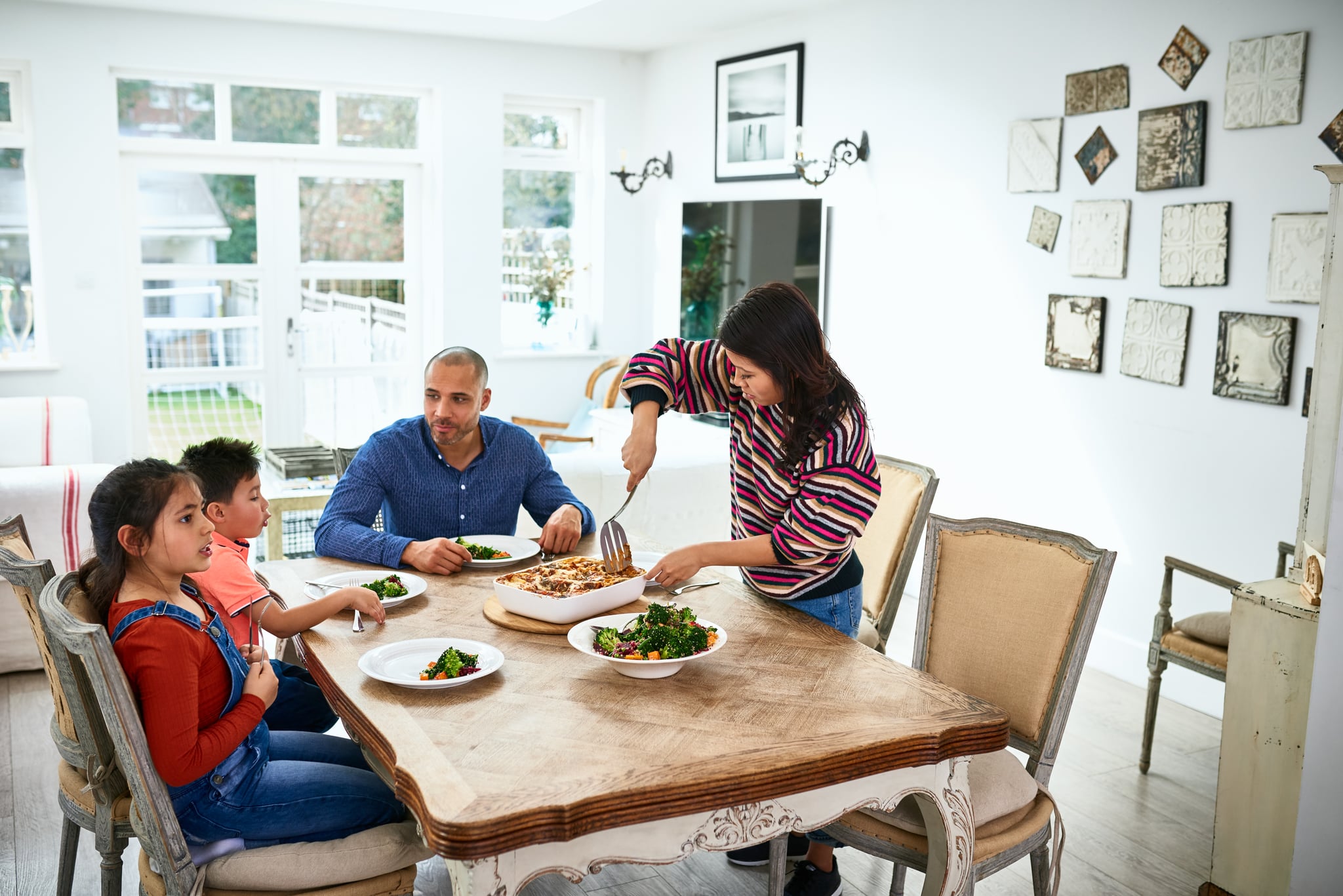










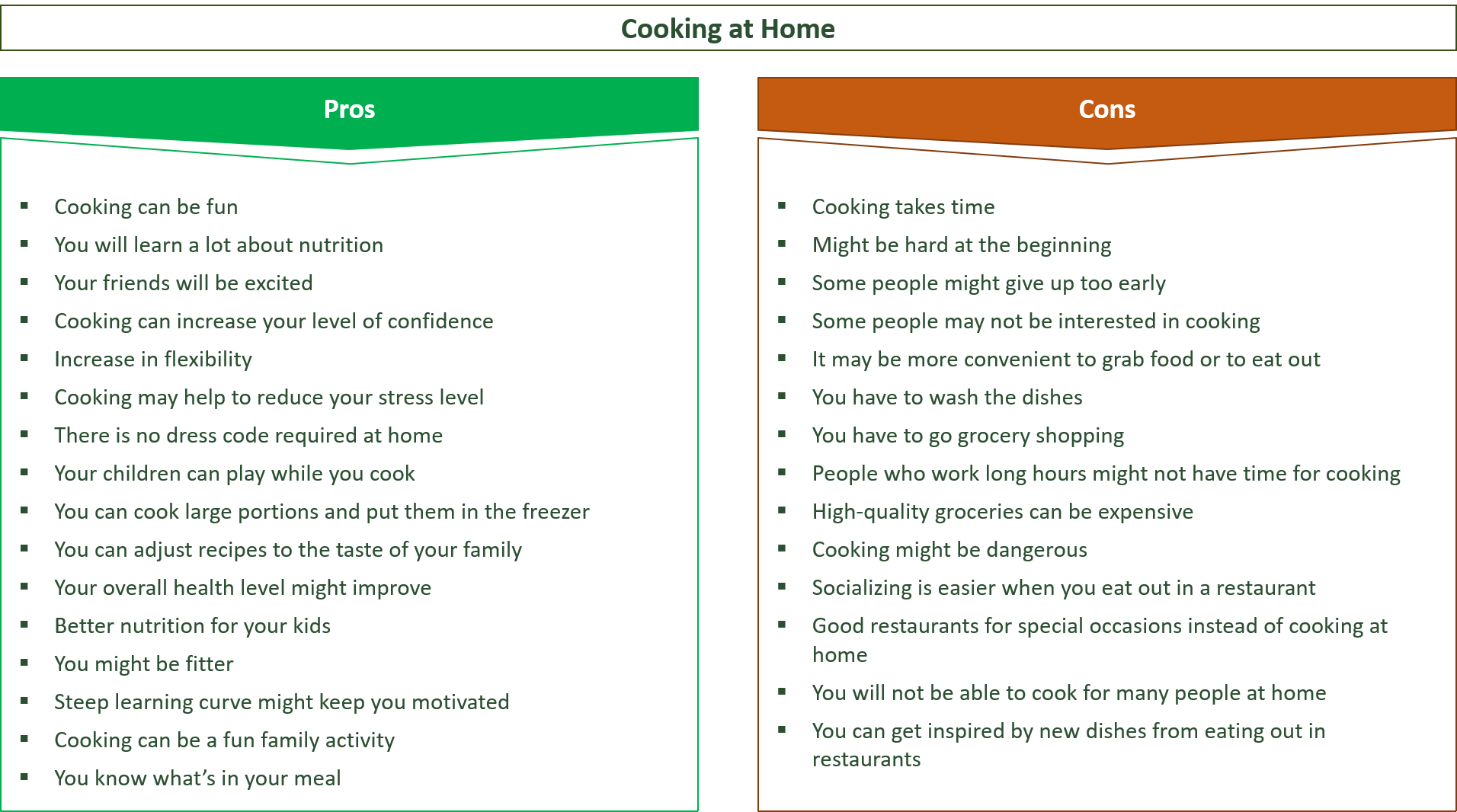




















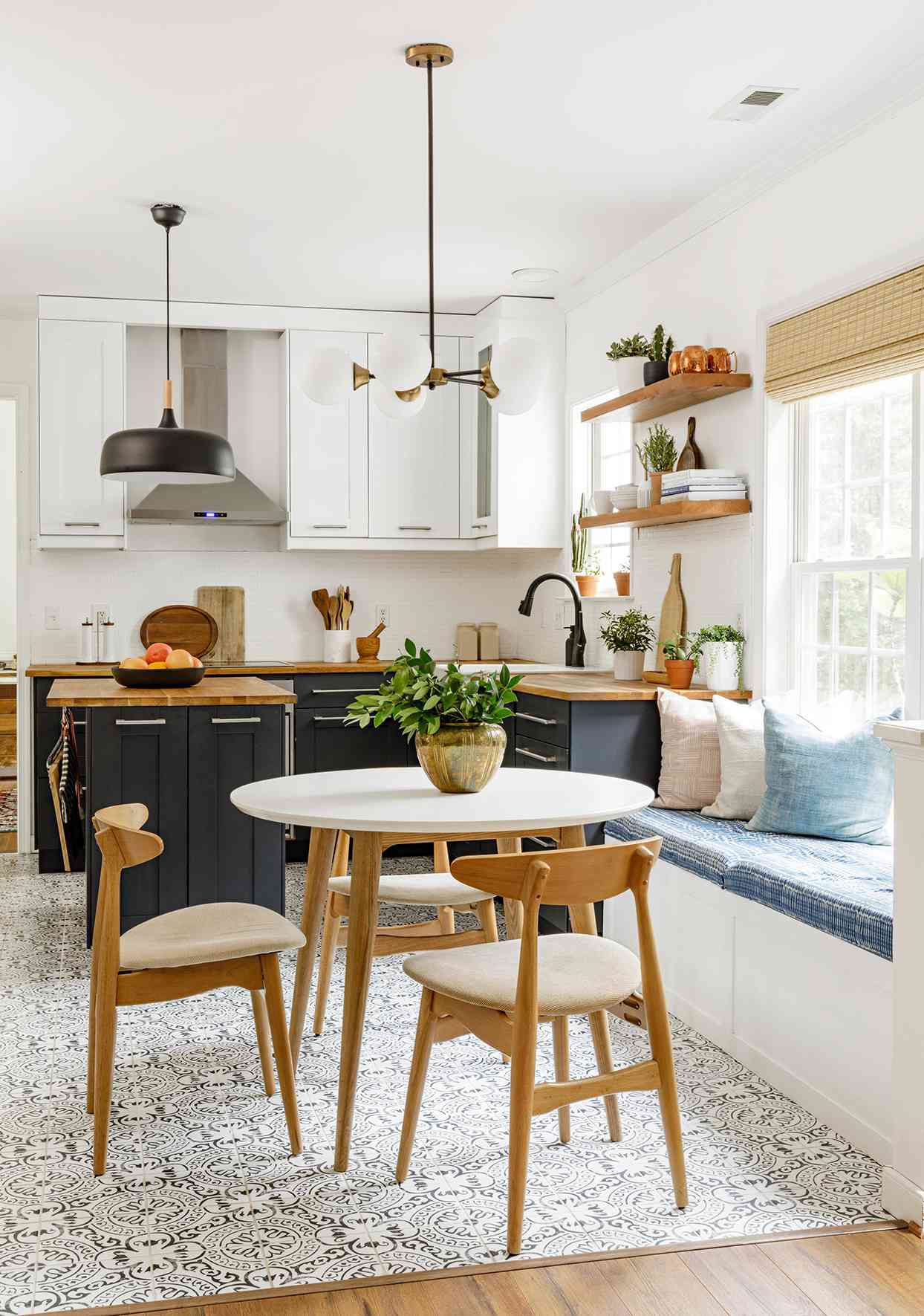



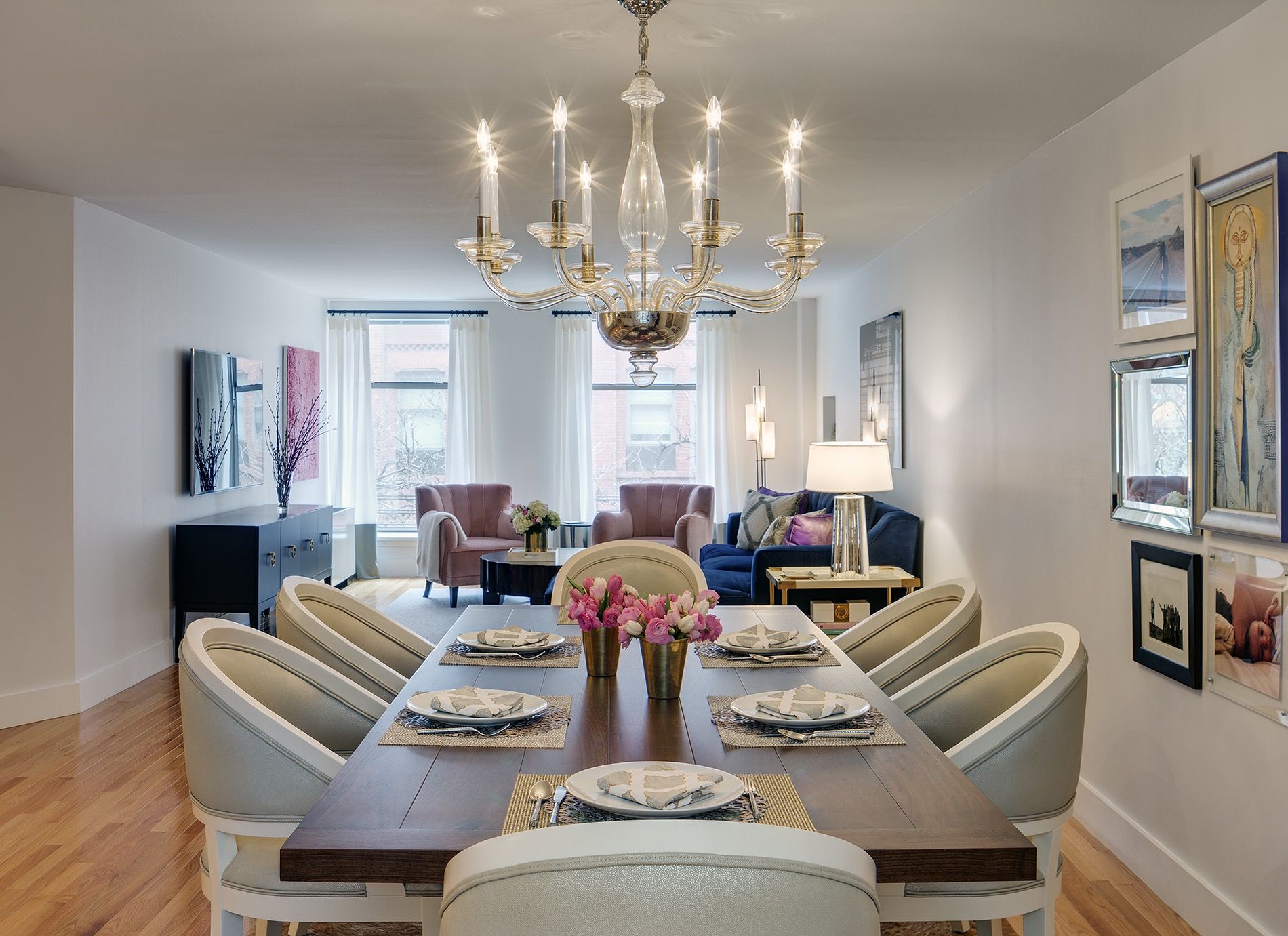



/orestudios_laurelhurst_tudor_03-1-652df94cec7445629a927eaf91991aad.jpg)







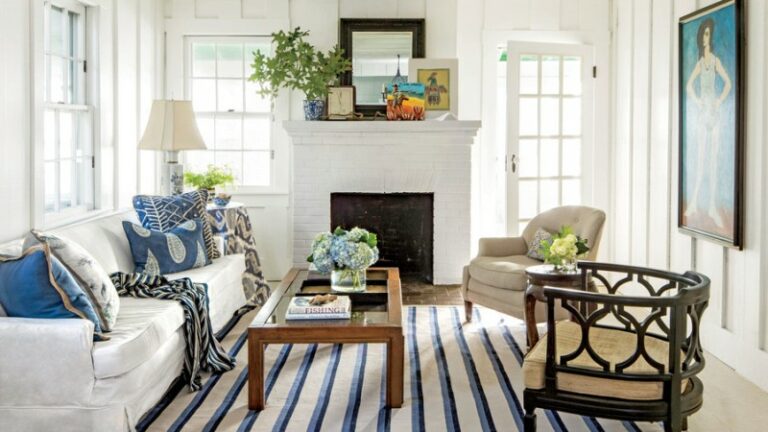









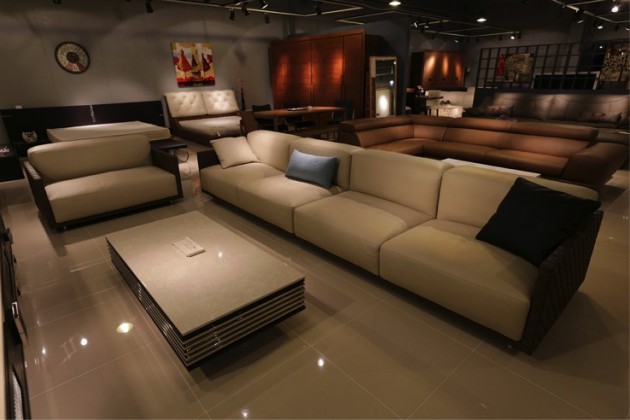




















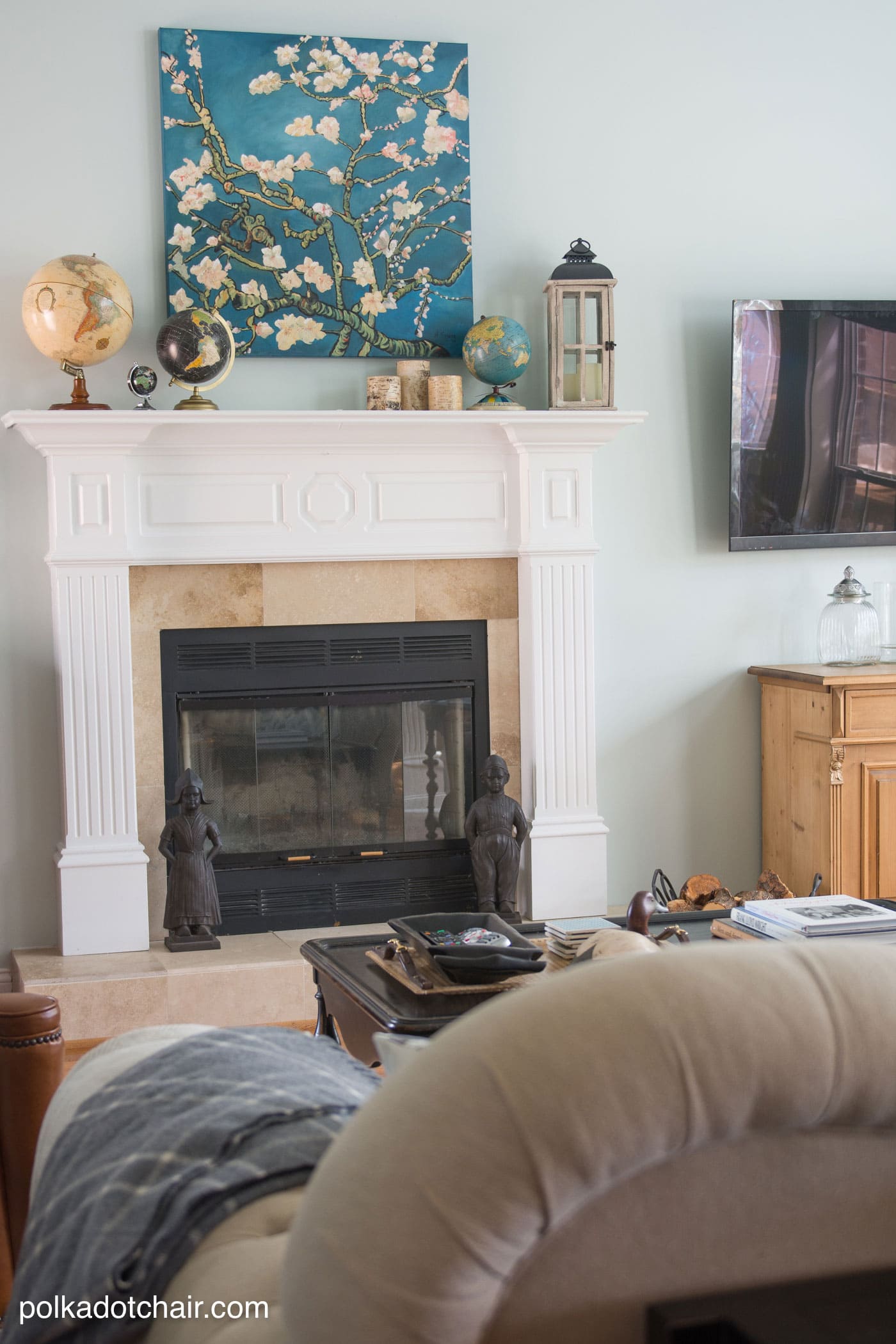
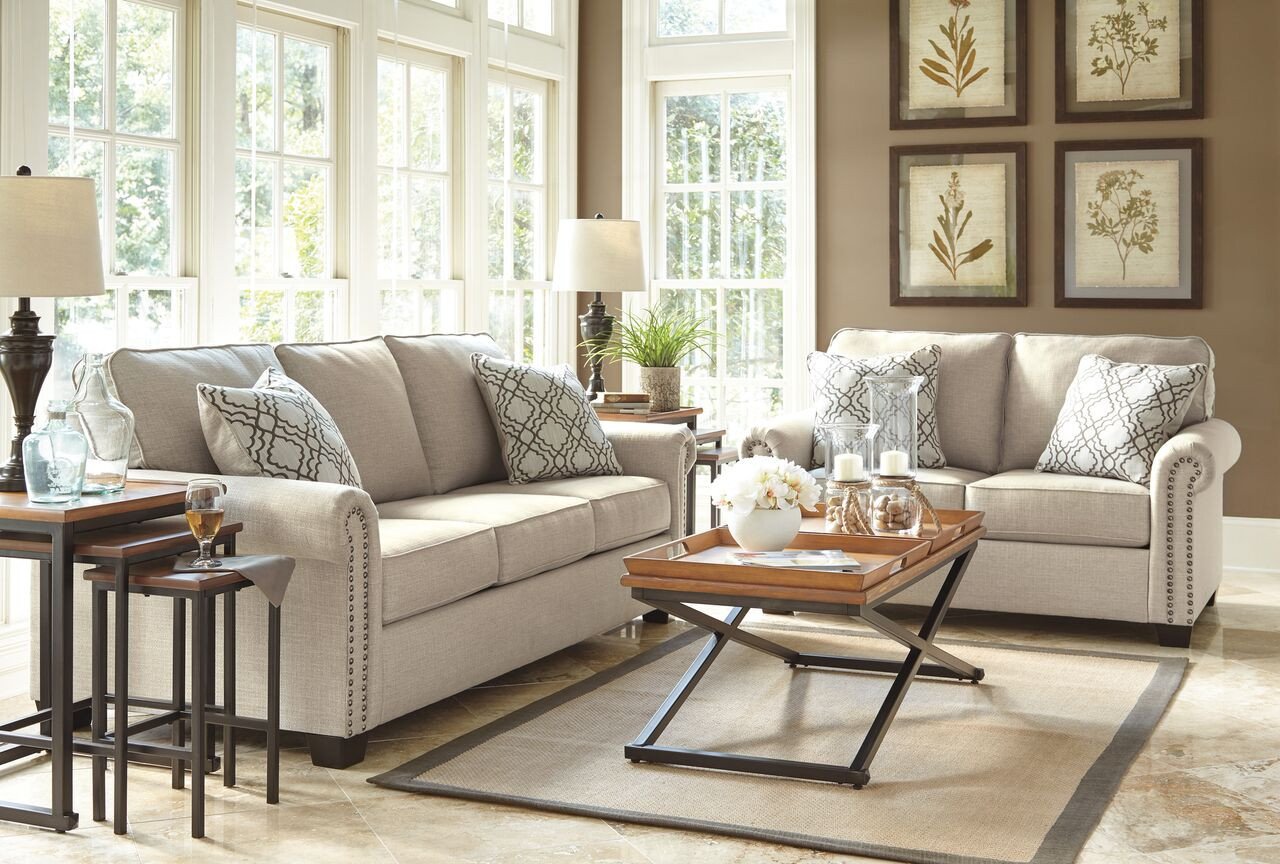

:max_bytes(150000):strip_icc()/GettyImages-522942474-5afd53c4e34d4243a0246641aabf489c.jpg)




